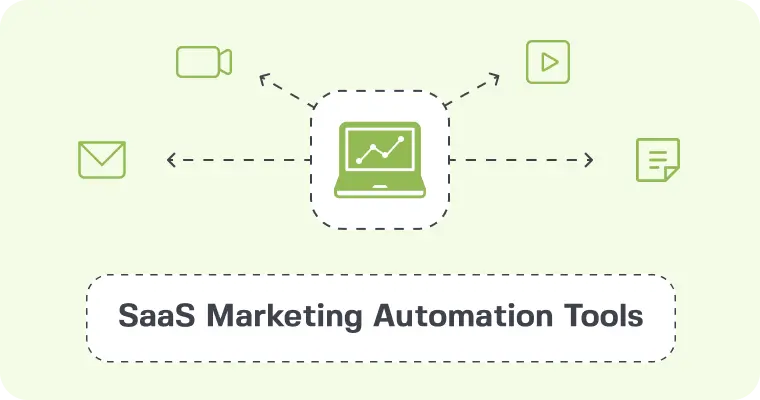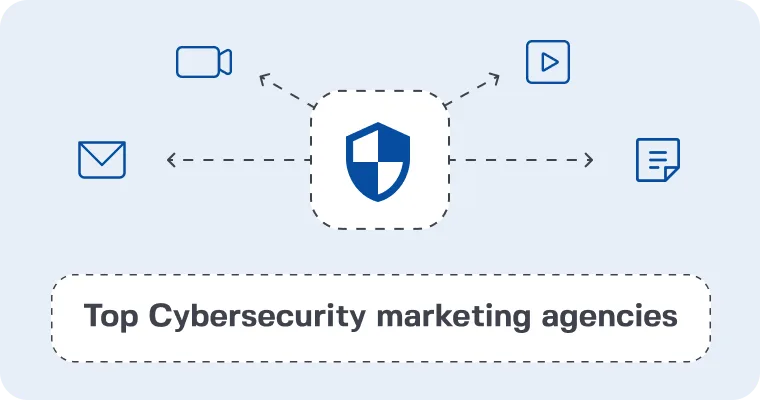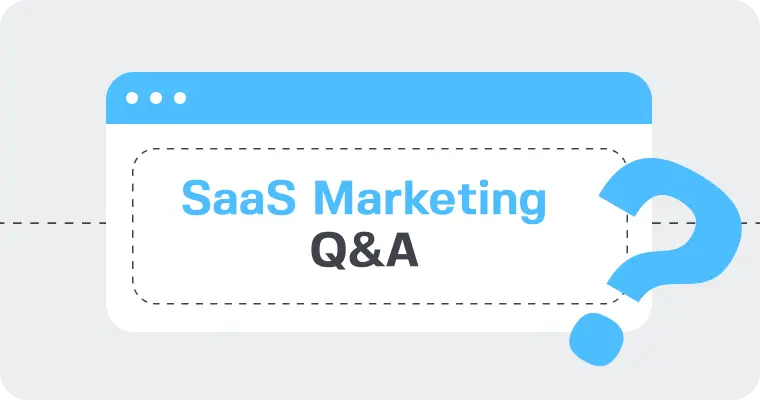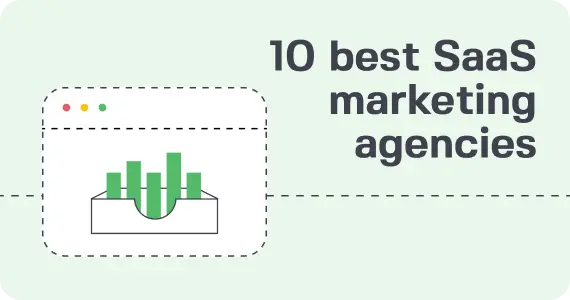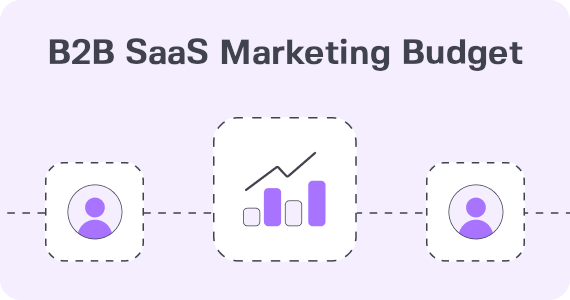Every month, hundreds of AI tools hit the market, each promising to transform industries and streamline workflows. But with so much noise, a simple product announcement won’t create the impact you need. Buyers are overwhelmed, skeptical, and fatigued by the constant stream of new offerings—so, how can you make sure your product isn’t just another tool they forget about a week later?
The challenge isn’t just about features. It’s about solving real problems. Your product might have the potential to improve workflows or enhance productivity, but if you can’t show how it makes a difference in a way that resonates, it’s all just noise. And as the hype cycles shorten, the pressure is on to not only capture attention but to maintain it long enough to convert interest into demand.
AI products, in particular, require an approach that’s education-driven, community-driven, and authority-driven. It’s about creating a meaningful connection, building trust, and positioning your product as the solution that buyers can rely on.
A successful product launch today is about more than just spreading the word—it’s about building an engaged, informed audience that sees the value in what you’re offering and feels confident in its potential. If you want to stand out in the noise, you need to lead with clarity and purpose.
The AI Product Launch Demand Generation Framework
To effectively generate demand for your AI product, you need a structured approach that takes into account every phase of the launch. Below, we’ve outlined a step-by-step framework to guide you through the critical steps of an AI product launch, from understanding your audience to fostering post-launch growth.
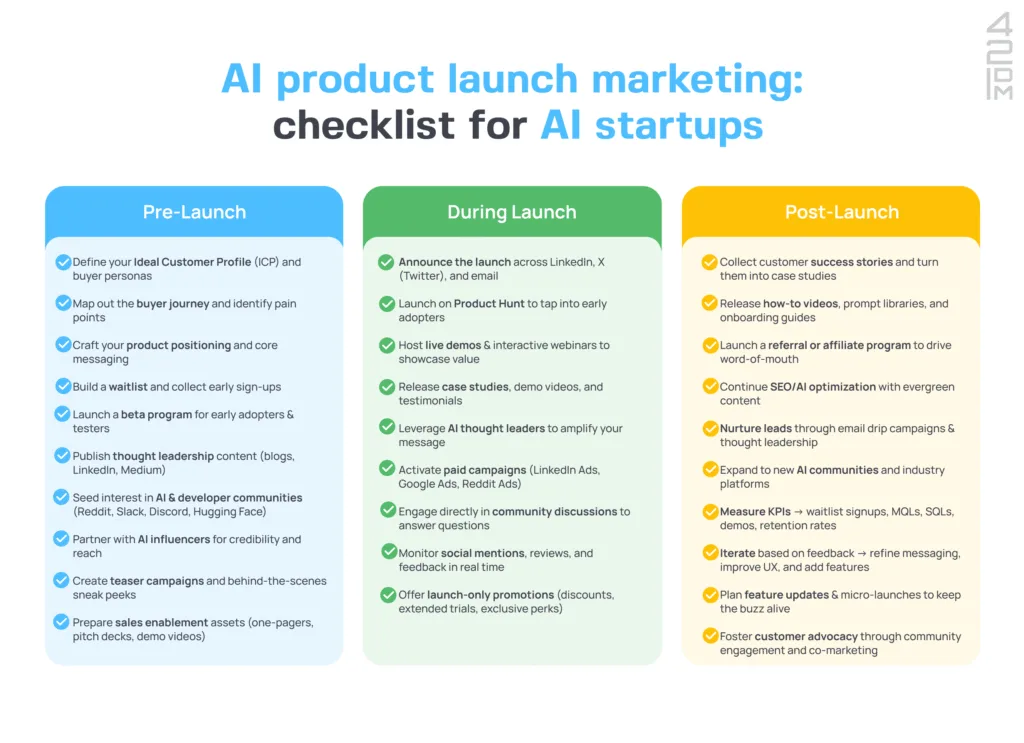
Step 1 — Understand Your ICP & Buyer Journey
The first step in any successful AI product launch is understanding who you’re building for. Defining your Ideal Customer Profile (ICP) is crucial to tailoring your messaging and ensuring that you’re addressing the right pain points. For AI products, your personas may include developers, data scientists, product teams, and executives—each with unique needs and concerns.
Once you’ve defined your personas, it’s time to map out their buyer journey. What are the challenges they’re facing, and how does your product solve them? Whether it’s streamlining workflows, improving data analysis, or driving efficiencies, your messaging must align with their specific pain points and goals.
Customer research is a key part of this process. With AI products, it’s especially important to talk to users early on in the development phase. Their feedback will help you refine your messaging and make sure your product addresses real-world needs. Building this understanding at the start of your launch ensures that you’re speaking to your audience in a way that resonates and provides tangible value.
Step 2 — Craft a Compelling Positioning & Narrative
To capture your audience’s attention and differentiate your AI product, you need to clearly define the “why now” behind its release. What makes your product relevant at this very moment? Is it solving a problem that’s been amplified by recent trends or technological advances? By framing the urgency and relevance of your product, you create a sense of necessity and timeliness for potential buyers.
Next, your messaging should strike a balance between technical sophistication and business value. While your product may be highly technical, your audience needs to understand the tangible impact it will have on their bottom line. Focus on how your AI solution will improve workflows, drive efficiency, and contribute to business growth.
Use frameworks like Problem → Solution → Impact to demonstrate the clear value proposition. Or, use the Before vs. After State approach, showing how your product transforms the current situation into something far more efficient, profitable, or scalable.
Crafting a compelling narrative ensures your product stands out not just for its technology, but for the real-world difference it makes.
Step 3 — Build Pre-Launch Demand
Building anticipation before your AI product is released is crucial for generating demand. To create buzz, start by establishing thought leadership. Share valuable insights and industry perspectives through blog posts, LinkedIn articles, Medium publications, and newsletters. Position your team as experts and set the stage for your product’s value by addressing key challenges in the market.
Offer early access and beta programs to build a sense of exclusivity. Let a select group of users get hands-on with the product early, giving them the opportunity to provide feedback while also creating advocates who can share their experiences and amplify your message.
Community seeding is another powerful strategy. Get involved in forums and channels like Slack, Discord, Reddit, and Hacker News. These platforms are where your target audience spends their time, and engaging early helps to build interest and credibility within niche communities.
In addition, use waitlists and gated content to collect leads and build a database of interested users before the product even launches. Offer access to exclusive content or early-bird signups to incentivize sign-ups and increase urgency.
Finally, leverage teasers and product storytelling to spark curiosity. Share sneak peeks of the product’s capabilities, its development journey, or the problem it solves—creating a narrative that keeps people intrigued and excited for the full launch.
Step 4 — Activate the Right Launch Channels
To ensure your AI product gains the traction it needs, it’s essential to activate the right launch channels. Rather than relying on a one-off announcement, the goal is to amplify your message across multiple platforms where your audience is most active.
LinkedIn and X (Twitter) are two of the most powerful platforms for B2B AI product launches. Use these channels for thought leadership, sharing demos, and engaging in meaningful discussions through threads and posts. Establish your team as industry experts and provide insights into how your product is transforming the market.
Product Hunt offers an incredible opportunity for early-stage AI tools to get noticed. It’s the perfect space to reach early adopters who thrive on discovering new innovations. By launching on Product Hunt, you gain exposure to a community eager to explore, test, and provide feedback on fresh tech solutions, which can help generate buzz and attract attention from the right crowd.
Influencer marketing can also play a pivotal role in establishing credibility. By partnering with AI experts and industry analysts who already have a following, you can leverage their influence to build trust and reach a wider audience. Their endorsements, reviews, or product mentions can have a significant impact on your product’s visibility.
For more technical audiences, developer forums such as Hugging Face, GitHub, and Reddit communities provide a direct line to the people who will appreciate your product’s core value. Engaging with these platforms helps create deeper connections and establishes your product within the developer ecosystem.
Don’t just rely on one platform or announcement. Reach your audience where they already are, across different touchpoints, to ensure maximum visibility and impact.
Step 5 — Post-Launch Growth Loops
Once your AI product has launched, the next challenge is sustaining demand and keeping the momentum going. The key to long-term success lies in creating growth loops that continue to drive interest and conversions after the initial hype fades.
Start by leveraging customer success stories to amplify your product’s impact. Sharing real-world examples of how your product solves problems helps validate its value and build trust with your audience. These success stories can be featured on your website, shared in newsletters, or highlighted on social media to keep engagement high.
Case studies and demo videos also play an important role in establishing credibility. By showcasing specific use cases and product demos, you reinforce your product’s benefits and show potential buyers how it works in practice. These materials can be shared across various platforms to maintain visibility and provide a continual stream of fresh content for your audience.
To further drive demand, implement referral and affiliate programs. These programs turn your existing users into advocates who promote your product to their network, incentivizing word-of-mouth growth. Referral programs can significantly extend your product’s reach with minimal effort, leveraging your most loyal customers to help spread the word.
Finally, focus on SEO and evergreen content. By optimizing your content for search engines and creating valuable, long-lasting materials, you can increase your product’s discoverability over time. This ensures that even after the launch period, your product continues to attract leads and convert them into loyal users.
Measuring Success: KPIs for AI Product Launches
Tracking the right metrics is essential to understanding the effectiveness of your demand generation efforts and ensuring that your AI product launch continues to deliver results. The right KPIs will give you insight into how well your campaigns are performing and where to adjust for better outcomes.
Start by measuring pre-launch signups, such as waitlist signups and beta testers. These early signups are a key indicator of demand and interest before the product is even available. The larger the waitlist, the more potential you have for a strong launch day.
Next, track Marketing Qualified Leads (MQLs) and Sales Qualified Leads (SQLs) generated from your campaigns. These metrics will help you determine how effectively your marketing efforts are moving leads through the funnel, from initial awareness to genuine sales prospects.
Engagement metrics are also crucial to measure how well your audience is interacting with your content. Track demo requests, webinar signups, and click-through rates (CTR) to understand the level of interest and engagement with your product. High engagement often translates into a more motivated audience.
Another important KPI is pipeline acceleration. Monitor the time-to-close from the launch date to see how quickly leads are converting into customers. A shorter sales cycle indicates that your messaging is resonating and your product is meeting a real need.
Finally, don’t forget about customer retention and activation. Successful product launches don’t just bring in customers—they turn them into long-term users. Tracking how quickly new customers activate and how many return will help you assess product fit and satisfaction.
AI-Specific Tactics to Accelerate Demand Generation
Launching an AI product requires a tailored approach. Traditional marketing methods may not be sufficient to capture the attention of your audience, especially when it comes to products that solve complex, specialized problems. Here are tactics that will help you accelerate demand generation for AI products.
Live AI Demos & Interactive Experiences
One of the most effective ways to showcase your AI product is through live demonstrations and interactive experiences. Showing how the product works in real-time gives potential users a hands-on understanding of its capabilities and allows them to visualize how it will benefit their workflows. Hosting live webinars, demo sessions, or even interactive product tours allows your audience to ask questions and engage directly with the product, fostering a deeper connection and building trust in its functionality.
Prompt Libraries & Templates
AI tools can be complex, but you can reduce friction for your users by providing prompt libraries and templates. Offering a collection of pre-built prompts or templates gives users easy, plug-and-play use cases to get started right away. This lowers the learning curve and encourages immediate adoption. It’s especially useful for AI products that require a bit of training to be used effectively, helping users see results faster.
AI Thought Leadership
Positioning your founders and tech leads as thought leaders in the AI community is a powerful way to build credibility. In fact, studies show that 48% of thought leadership content generates actual leads and sales, emphasizing the direct impact of sharing valuable insights. By sharing research, thought-provoking content, and expert opinions across platforms like LinkedIn, Medium, and industry blogs, you establish your team as a trusted voice. This can help differentiate your product from others and attract an audience that values authority and experience.
Collaborations & Co-Marketing
Partnering with other AI companies and industry players can be a strategic way to tap into existing communities and expand your reach. Co-marketing initiatives, such as joint webinars, case studies, or blog posts, allow you to leverage the audience and authority of your partners. These collaborations can also help establish trust by associating your brand with other respected names in the industry.
Data Transparency
AI products live or die on trust. One of the most powerful ways to build that trust is through data transparency. Be open about your training data, privacy policies, and compliance with industry regulations. Consumers are increasingly cautious about how AI models are trained and how their data is used. By providing clear, accessible explanations of these processes, you can demonstrate that your AI product is not only effective but also ethical and secure.
Messaging Guide: How to Speak to Technical Founders & Business Decision-Makers
Successfully launching an AI product requires speaking to two distinct audiences: the technical founders and developers who care about the product’s inner workings, and the business decision-makers focused on tangible outcomes. Understanding how to tailor your messaging for both groups is essential for creating a unified strategy that resonates across the board. Here’s how to approach each persona effectively.
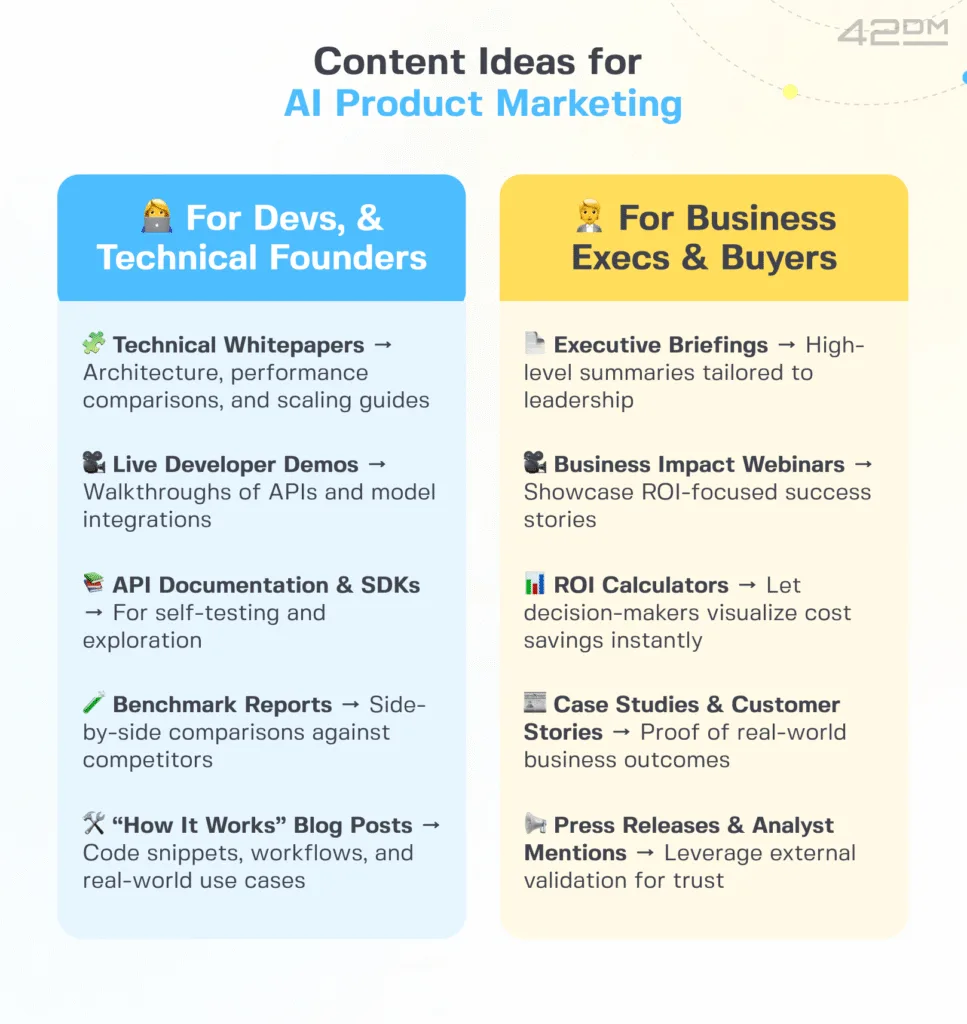
Speaking to Technical Founders & Developers
When speaking to technical founders and developers, the goal is to earn credibility by demonstrating both technical depth and innovation. These audiences are deeply focused on the “how” and “why” behind the product, so your messaging needs to address their need for clarity and data-backed evidence.
Start by leading with architecture instead of slogans. Highlight your product’s technical foundations, including models, integrations, APIs, and latency benchmarks. Developers want to understand the scalability and performance of your solution, so be sure to provide solid, measurable data that showcases these capabilities.
Real data is crucial. Use performance metrics, model comparisons, and reproducible benchmarks to prove that your product delivers on its promises. This not only establishes trust but also differentiates your solution from competitors who may not back up their claims with concrete figures.
Engage with technical platforms such as Hugging Face, GitHub, Reddit, Discord, and Hacker News. These are where developers spend time discussing innovations, sharing feedback, and collaborating on projects. By participating in these conversations, you not only build visibility but also establish your company as an active, knowledgeable player in the space.
Finally, transparency is key. Be upfront about your training data, limitations, and ethical considerations. Developers appreciate openness, especially when it comes to the complexities and potential pitfalls of AI models. Showing that you’re taking steps to ensure ethical use of data will enhance your credibility.
Content formats that resonate with this audience include:
- In-depth whitepapers that explore the technical aspects of your product.
- “How it works” blog posts that break down the architecture and design of your AI model.
- Demo videos that show real-world applications of your product, particularly API usage.
- Open-source SDKs or sample repositories that allow developers to explore and test your technology themselves.
The ideal messaging framework is: “Here’s what our AI does → why it’s more effective → what you can create with it.”
Speaking to Business Decision-Makers & Buyers
When speaking to business decision-makers and buyers, the goal is to build confidence by clearly connecting your AI product to tangible business outcomes. These decision-makers are primarily concerned with how your technology will drive results—whether it’s improving efficiency, reducing costs, or scaling operations.
Start by focusing on ROI, not just the technical models. Explain the real-world impact of your AI product in terms of efficiency gains, cost reductions, and scalability. Decision-makers want to know how your product will help them achieve their business goals, so framing your messaging around these factors is essential.
Use cases are another important tactic. Show practical examples of how your AI solution has been applied successfully in the buyer’s specific industry. Tailor your case studies to demonstrate the value your product can bring in their context, making it more relatable and actionable.
Clarity is key when communicating with this audience. Avoid jargon or overly technical details unless they are directly relevant to the business outcomes. For instance, references to “GPT-4-level fine-tuning” may be impressive to developers but won’t resonate with business executives unless it ties back to a concrete benefit.
Social proof plays a significant role in building trust. Use customer success stories, case studies, testimonials, and analyst mentions to reinforce your product’s credibility. When potential buyers see that others in their industry or similar sectors are seeing success with your product, they’re more likely to trust your solution.
Content formats that work well with this audience include:
- Industry-focused whitepapers that demonstrate your expertise in their market.
- ROI calculators that help decision-makers visualize the financial impact.
- Business impact webinars that connect your product to real business challenges.
- Executive briefings that provide high-level insights tailored to their strategic needs.
The formula to use is: “Here’s what our AI does → how it improves your KPIs → why it matters for your bottom line.”
Bridging the Gap: Unified Messaging Tips
AI product launches thrive when your marketing speaks to both technical and business audiences in a way that resonates with each of their needs. Balancing this duality requires careful crafting of your messaging and content strategy.
Start by creating dual-layer content that provides top-level benefits while offering the option for deeper, more technical insights. This approach allows both developers and executives to find the information they need, without overwhelming them with unnecessary details.
When developing persona-specific landing pages, make sure each audience has content tailored to their priorities. For developers, focus on APIs, documentation, and benchmarks that showcase the product’s technical capabilities. For executives, emphasize ROI, case studies, and the competitive advantage your product offers. This ensures that each persona is met with the information that is most relevant to their decision-making process.
Consider using a “choose your own depth” model for content. Start with business-friendly explanations of the product’s benefits, then provide links to more technical resources for those who want to dive deeper. This structure not only caters to both personas but also ensures a smoother flow of information that allows your audience to engage at the level that suits them.
In short, the most successful AI launches focus on translating complex technical details into clear, accessible messaging, without sacrificing the depth and innovation behind the product.
Final Thoughts
Launching an AI product requires more than just a great tool—it takes a strategic, multi-faceted approach to generate demand, build trust, and sustain long-term growth. By crafting tailored messaging for both technical founders and business decision-makers, you ensure that your product resonates with the right audience at every stage. Whether it’s through educational content, early access programs, or leveraging the right channels, the key to a successful launch lies in executing with precision and purpose.
At 42DM, we specialize in creating demand generation strategies that amplify the impact of AI product launches. From crafting compelling messaging to activating the right channels and optimizing post-launch growth, our team of experts can help you position your product for success. We understand the unique challenges of AI marketing and are here to help you navigate them.
Ready to take your AI product launch to the next level? Contact us today to learn how we can help you craft a demand generation strategy that drives results.


